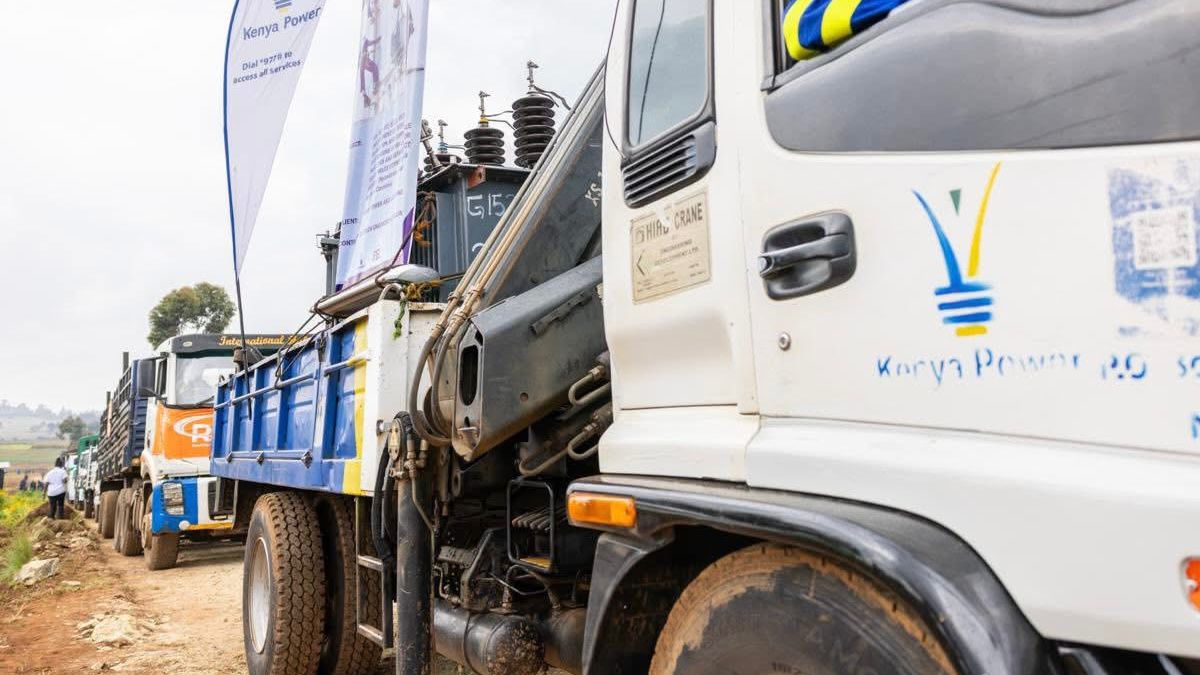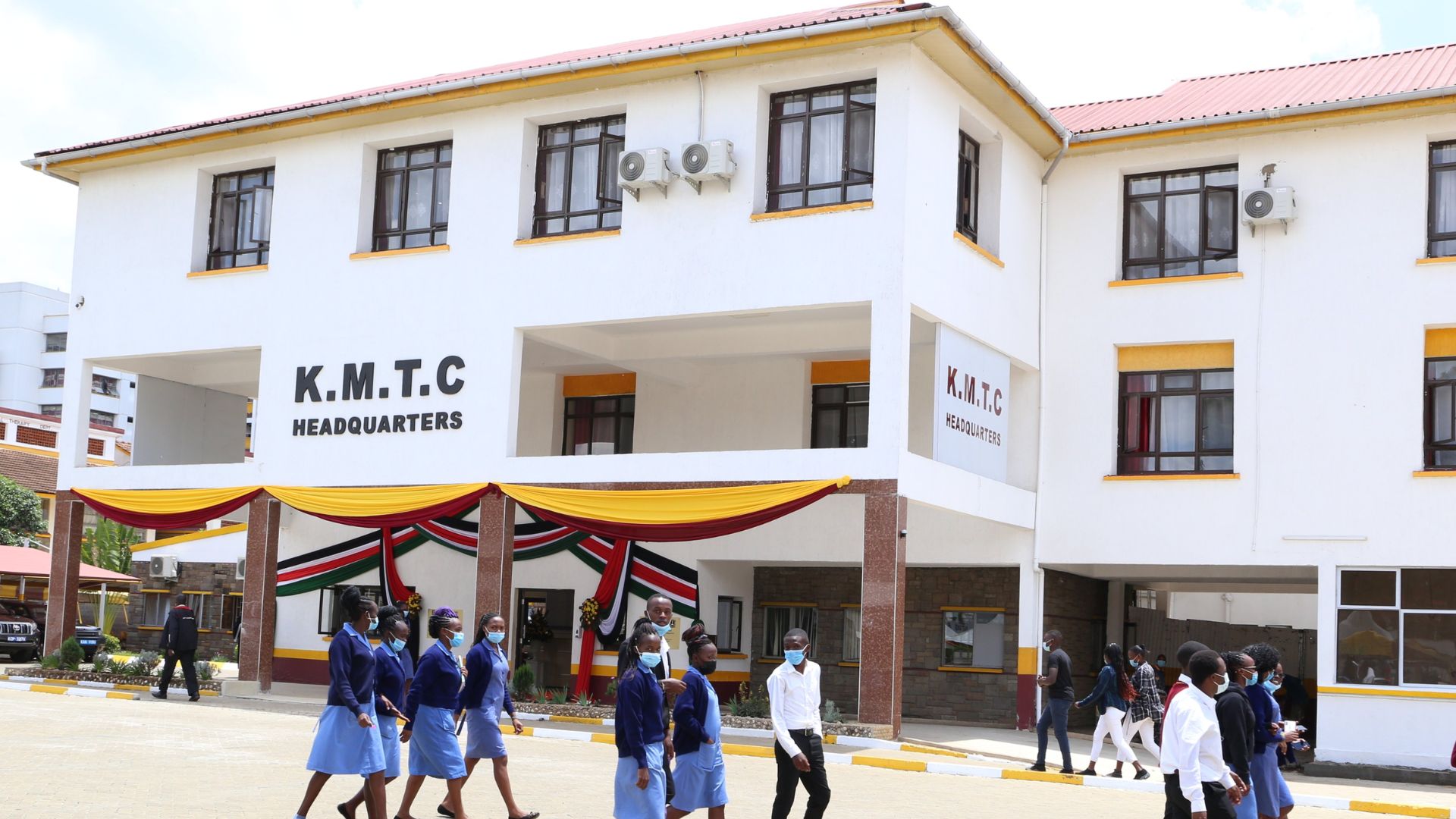Kiambu Senator Karungo Wa Thang’wa has disputed a projection by the International Monetary Fund (IMF) that Kenya is set to dethrone Ethiopia to become the largest economy in the region.
In a statement on Wednesday April 23, Thang’wa argued that projection by IMF is based on the gross domestic product (GDP) and does not reflect the living standard of Kenyan citizens.
The UDA Senator pointed out that it is possible for Kenya to top the East Africa region as the top economy while ordinary citizens struggle with the high cost of living and limited job opportunities.
“The recent IMF report placing Kenya’s nominal GDP at $131.67 billion, ahead of Ethiopia and Tanzania, is a noteworthy economic indicator. However, while this positions Kenya as Eastern Africa’s largest economy on paper, we must be cautious not to mistake numerical growth for real prosperity.
“Economic growth must be felt by the people. A larger GDP does not necessarily mean improved livelihoods, reduced inequality, or better access to services. It is entirely possible to top regional charts in GDP while citizens continue to struggle with the high cost of living, limited job opportunities, and underfunded public services,” said Thang’wa.
Read More

The Kiambu Senator went on to highlight that GDP per capita In Kenya remains low, and the benefits of economic expansion are not evenly distributed.
Thang’wa observed that most of the GDP growth has been driven by debt-financed infrastructure and sectors that are yet to translate into widespread prosperity.
Further, he said the country should strive not only to lead in economic size, but also in inclusive growth, fiscal sustainability, and the overall well-being of its citizens..
“It is not enough to be the biggest economy, we must also be the fairest, the most efficient, and the most accountable. Let us measure our success not just by numbers in international reports, but by how many lives we uplift here at home,” Thang’wa added.
The IMF, in a recent report, said that Kenya’s economy is set to surpass Ethiopia’s after the birr was devalued.
According to the IMF, Kenya’s GDP will be $132 billion (Ksh17.04 trillion) in 2025, higher than Ethiopia’s $117 billion (Ksh 15.2 trillion).
In July 2024, Ethiopia liberalized the birr after decades of tight control, triggering a drop of over 55% against the dollar.
On the other hand, the Kenyan shilling strengthened around 21 percent against the dollar in 2024, making it the world’s best-performing currency.






